 Written by ContentPowered.com
Written by ContentPowered.com
A lot of different things can cause your Instagram engagement to drop. Sometimes it’s something you do, like changing the style or quality level of the content you post. It could be something done to you, like mass spam and mass reports leading to a temporary suspension. It could also be something done to everyone, like a change to the Instagram algorithm.
You also have to confront the fact that Instagram is going to steadily decline in engagement from now until the end of the platform. Years ago, Instagram was called out specifically as having engagement rates an order of magnitude higher than other social networks, in part due to how few businesses were using it to advertise in comparison. Since then, Instagram has lowered some of the barriers to using their site, making it visible on the web, allowing some businesses access to their API, and generally making it more advertiser-friendly.
What this means is that as time goes on, more and more of the content people see is coming from businesses, whether it’s actually advertising or just branded content. This, plus the growth of the site in general, means much, much more content in the average user’s feed. The more content there is, the less engagement there is to go around, and the harder that engagement is to get. Over time, engagement rates will drop.
You can fight dropping engagement rates, no matter what the cause. It’s just a matter of taking the right kinds of actions. Here are problems you can look at, solutions for those problems, and actions you can take to boost your engagement rates once more.
Identify the Problem
Before you can implement a solution, it’s generally a good idea to identify the problem. While most of the techniques I’ll discuss will apply regardless of the cause, if you did something that directly resulted in lower engagement rates, fixing it can be the fastest way to get them back. So, here are several possible causes for a dropping engagement rate.
The Shadowban. The Instagram shadowban is a boogeyman many people fear because it’s not well understood. The reality of the shadowban is simply this: using hashtags that are shadowbanned will make your post not show up. The list of hashtags that are shadowbanned is changing all the time, because the spammers that abuse those hashtags have to change from one to the next as they are shadowbanned.
The shadowban is often temporary for otherwise benign hashtags, but for spam tags or for outright pornographic tags, it’s permanent. Typically all you need to do to avoid this is check the hashtags you’re using every few weeks to make sure they still show a feed of recent content, rather than either just curated content or nothing at all.
Instagram suspensions. Many of the things people think cause an Instagram shadowban are things like buying bot followers, posting spam, posting too often, or otherwise causing issues with the platform. The reality is, Instagram doesn’t really need to shadowban you for these kinds of actions. They’ll just explicitly suspend your account, and often they’ll tell you why. Obviously, if your account is suspended, no one will be able to engage with it, you won’t be able to post new content, and your rates will drop.
Dramatic changes in post quality. If you’re used to posting refined, edited, and carefully curated content representative of your account and aesthetic, abruptly changing that will have a big impact on your engagement. Suddenly cutting into posting nothing but cell phone selfies is going to hurt a lot. Changing from an HDR-focused photography aesthetic to a grayscale style, same idea. People follow you because they like your content, so suddenly changing the style or quality of your content will drive away many of your followers.
Posting too frequently. Instagram has some basic rate limits and will penalize you if you post too often, but that rate limit is something like dozens a day. What you have to consider is the more social aspect of posting speed. If you’re posting too frequently, those posts have to be very good or very valuable for your audience to care. Otherwise, the only thing they’ll wonder is why they’re seeing a whole lot of you in their feed instead of other people they follow. Posting more often might get you an initial shot of engagement from volume, but the engagement per post will drop, and then your whole account engagement rates will fall.
Changes in hashtag usage. This one is solely because of the way hashtags work. You can include a bunch of hashtags in a post, and each one puts your image in the chronological feed of content for that tag. Tags with low audiences let your content linger longer, but have fewer people to engage with. Tags with huge audiences only show your content for a short time – unless you hit the trending box – but have potentially huge gains.
Changing up the hashtags you use is a common and expected practice, since no set of hashtags is perfectly applicable to every post. However, this means choosing too many of the “wrong” hashtags means your engagement rates will drop, simply because the size of the audience you’re reaching drops. This is why hashtag research and monitoring should be an ongoing endeavor for every Instagram marketer.
An influx of fake or poor quality followers. If you know much about how social networks work, you already know this is a bad idea. If you have 1,000 followers and have a 10% engagement rate, 100 of those followers comment on your posts. If you buy 5,000 more followers, you now have… 100 people commenting on your posts. 100 out of 6,000 is a much smaller engagement rate than 100 out of 1,000.
“But the source of my followers is legitimate!” Maybe, maybe not. This is why I encourage everyone who has any inclination towards buying followers to start small. Buy a small package and verify each and every follower for authenticity. Make sure they’re real people and, more importantly, that they’re engaged people. One of the common follower scams on Instagram is an app that requires you to follow people for credits you can spend on buying followers from others in the network. None of those followers will bother to, well, follow up on anything you do. All they want is their own numbers, same as you.
The cessation of ads. I’ve seen this one happen a few times. Someone sees their engagement rates drop suddenly over night and panics, checking everything they can for the source of the problem. They don’t seem shadowbanned, they aren’t suspended, their content still uploads fine, so what’s the problem? Well, the problem is, yesterday they were running ads targeting engagement, and today those ads have stopped. It’s a dumb mistake, but it catches everyone once, especially if you work in a situation where the people running the account and the people running ads are different.
So, some of these causes have defined solutions, like removing fake followers, running more ads, or getting unbanned. If you can’t find a single action to take to fix your engagement rate, here are some steps you can try instead.
Take Steps to Encourage Engagement
Sometimes, all you need to do is ask. That is, ask your users to engage.
You can’t really just say “hey everyone please like my post” without being tacky to the extreme, but you can usually be a bit trickier with it.
- Run contests where engagement is an entry method, like a caption contest.
- Ask users to submit their own content to your hashtags and offer something in return, like a prize or a feature position on your account.
- Ask questions in your posts, either as text in the images or in the captions directly. Users answering your question are providing engagement, after all.
- Monitor and respond to comments appropriately. When you see spam, delete it as soon as possible. When you see good comments and questions, respond to them directly. Keep your atmosphere casual and your brand direct.
Sometimes it’s as simple as asking someone what they like about your photo and adjusting your content strategy based on their answers. It doesn’t really take much to encourage the average user to post.
Check for Drift
Drift is when you’ve slowly evolved your content over years, but your audience hasn’t adjusted with you. Maybe you started out as an architecture blog, but you slowly discovered that people don’t like photos of common landmarks as much as they do photos and discussion about Victorian style homes, so you’ve started focusing more heavily on that kind of content. If your original audience has drifted away, you need to be replacing them if you want to maintain your engagement rates.
In a business context, you can quantify this a lot more. What are your customer profiles? How does your content appeal to those people, and how are you reaching them? What value does your content bring to them, and how can you encourage them to partake? You need to answer these questions for a successful feed.
It might also be worthwhile to look at your existing audience and ask yourself questions in reverse. These are the people you attracted; are you doing everything you can to provide value to them? Can you adjust your strategy or your products to better serve the audience you’ve found, or that has found you?
I can’t state this enough: hashtags are critical to success on Instagram. Modern case studies show that you only need to use 5-10 tags in general to accomplish your goals, and that additional tags tend to just add clutter rather than bringing in value. Keep the Pareto principle in mind; 80% of your results come from 20% of your efforts.
There are dozens of tools out there to help you study hashtags and pick the right ones, but at a certain point it’s just trial and error. Pick some tags to use and see how they perform. Adjust and use some different tags next time. Keep iterating and changing, making sure your tags are mostly relevant to your images, and you’ll be on the right track.
One note that’s somewhat important is that you should generally avoid using the same hashtags on every post. This can make them look kind of spammy. Even if they’re branded tags and only you use them, give them a break now and then.
Learn and Follow the Algorithm
Like it or not, the Instagram algorithm determines a lot of how the site works. While the creators of the algorithm like to make it seem like a mysterious magical black box no one fully understands, most social media algorithms are actually pretty easy to grasp. The trick is that they change fairly frequently, so you need to get used to reading the news in certain marketing circles.
This post is a good rundown as of the middle of 2019. It goes through the way the current algorithm works, as well as techniques to “beat” it, which is really just a list of ways to better engage with your audience since your audience is the determining factor for engagement.
Make Use of Video
Video posts and Stories that include video elements are all the range on Instagram, both in terms of benefit from the algorithm and in sheer engagement. The better you are at creating video, the more engagement you can pull out of your audience with them. I don’t have a lot of specific advice for video for you, but you can find your niche and then read all about it elsewhere.
Now let’s hear about your own advice. Have you encountered poor engagement rates? Have you fixed them? If so, what did you do? Let us known in the comments below.
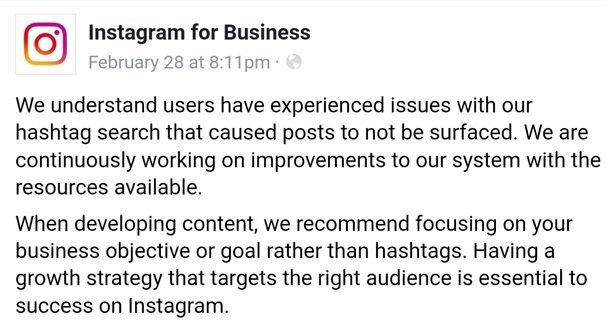
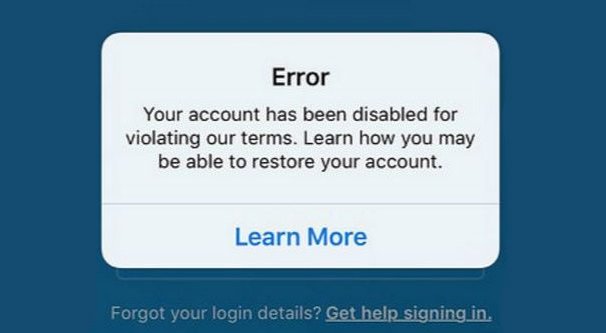

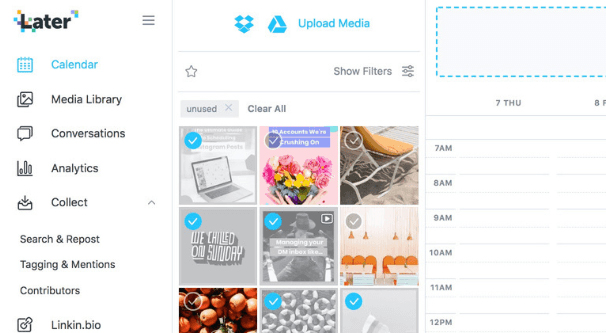
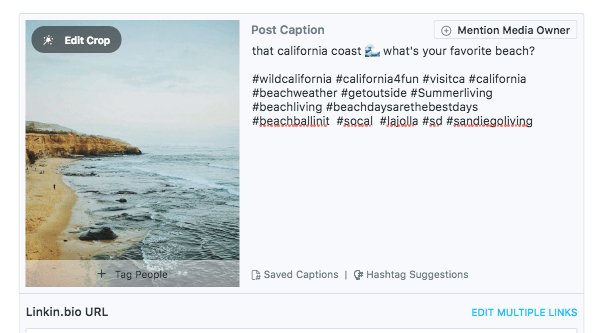

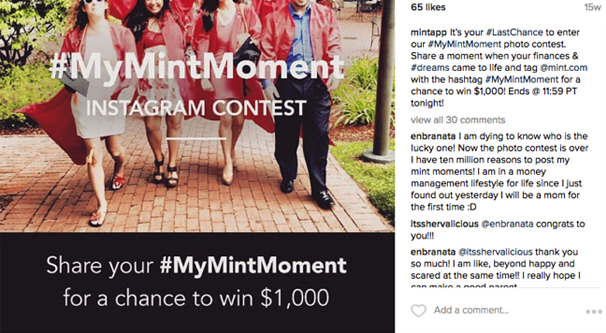
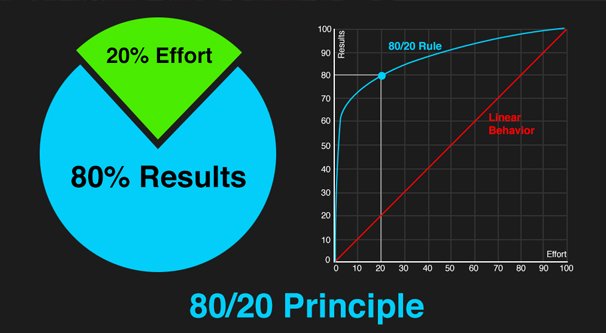
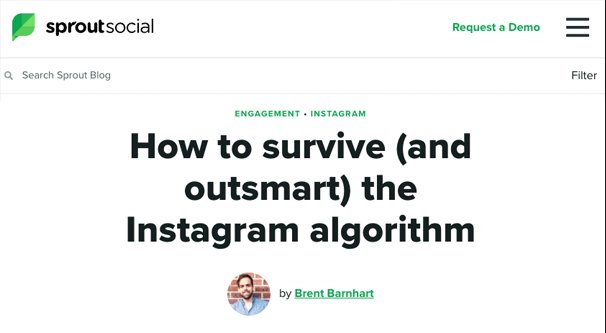
Hello! I want to ask something… If IG account ever bought like/view/followers, and then stop buying, can the engagement back to normal?